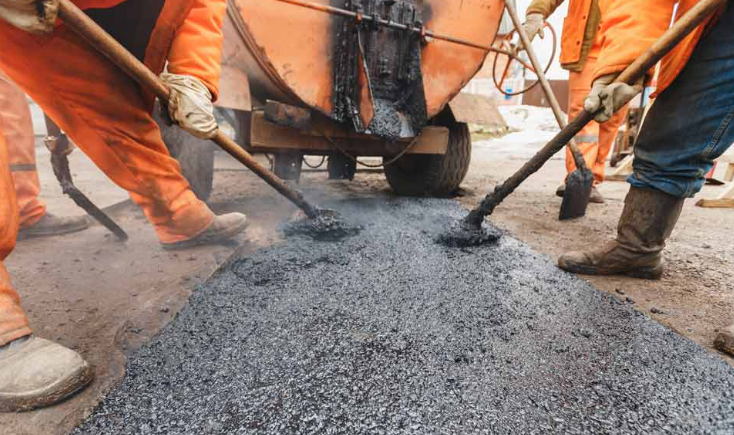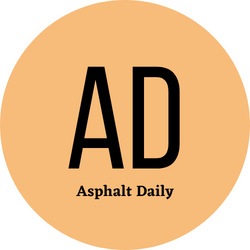Enhancing Asphalt Longevity: Exploring Effective Repair Methods From Patching to Resurfacing
by siteadmin

Asphalt surfaces, despite their durability, are susceptible to wear and tear over time due to factors such as weather, traffic, and aging. To maintain the integrity and functionality of roads, parking lots, and driveways, it’s essential to employ effective repair methods. From patching isolated damage to resurfacing entire sections, each technique plays a vital role in extending the longevity of asphalt surfaces. In this blog post, we’ll delve into various asphalt repair methods, highlighting their benefits and applications.
Patching:
Patching is a common and cost-effective method for repairing localized damage, such as potholes, cracks, and surface deterioration. It involves cutting out the damaged area, cleaning the surrounding area, and filling the void with new asphalt mix. Patching can be done using either hot mix asphalt (HMA) or cold mix asphalt, depending on the severity of the damage and the availability of resources. This method restores structural integrity to the pavement and prevents further deterioration, extending its lifespan.
Crack Sealing:
Cracks in asphalt surfaces are not only unsightly but also pose a threat to the pavement’s integrity. Crack sealing is a preventive maintenance technique that involves filling and sealing cracks to prevent water infiltration, debris accumulation, and subsequent deterioration. Specialized crack sealants are applied to the cracks, forming a flexible barrier that accommodates the natural movement of the pavement while preventing further cracking. This method helps prolong the life of the pavement and minimizes the need for more extensive repairs in the future.
Infrared Asphalt Repair:
Infrared asphalt repair is a versatile and cost-effective method for repairing larger areas of asphalt damage, such as uneven surfaces, rutting, and surface oxidation. This innovative technique utilizes infrared heaters to heat the damaged asphalt surface, softening it to a workable consistency without burning or damaging the surrounding pavement. The softened asphalt is then reshaped, compacted, and sealed to restore a smooth and uniform surface. Infrared asphalt repair offers several advantages, including faster completion times, reduced material waste, and seamless integration with existing pavement.
Milling and Overlay:
For asphalt surfaces with extensive damage or deterioration, milling and overlay is often the most effective repair option. This process involves milling off the top layer of the existing asphalt to remove imperfections, improve drainage, and restore proper grade and slope. A new layer of asphalt is then applied on top of the milled surface, creating a fresh, smooth, and durable pavement. Milling and overlay is ideal for addressing issues such as surface cracking, rutting, and structural deficiencies, providing long-lasting results and extending the lifespan of the pavement.
Effective asphalt repair methods are essential for preserving the integrity and functionality of paved surfaces, ensuring safety, and maximizing longevity. Whether it’s patching isolated damage, sealing cracks, performing infrared repairs, or milling and overlaying entire sections, each technique plays a vital role in maintaining asphalt surfaces. By employing the right repair method at the appropriate time, property owners, municipalities, and paving professionals can protect their investments and enjoy smooth, durable, and safe pavement for years to come.
Asphalt surfaces, despite their durability, are susceptible to wear and tear over time due to factors such as weather, traffic, and aging. To maintain the integrity and functionality of roads, parking lots, and driveways, it’s essential to employ effective repair methods. From patching isolated damage to resurfacing entire sections, each technique plays a vital role…
Recent Posts
- Asphalt Sealing Rochester NY – A Women-Owned Business With a Mobile App
- Asphalt Sealing Rochester NY – A Women-Owned Business With a Mobile App
- Maximizing the Longevity of Your Driveway: Effective Maintenance Strategies with Protective Sealants
- Full-Depth Asphalt Repair: Addressing Structural Issues Beneath the Surface
- Choosing the Right Driveway Repair Materials: Assessing Durability and Longevity
